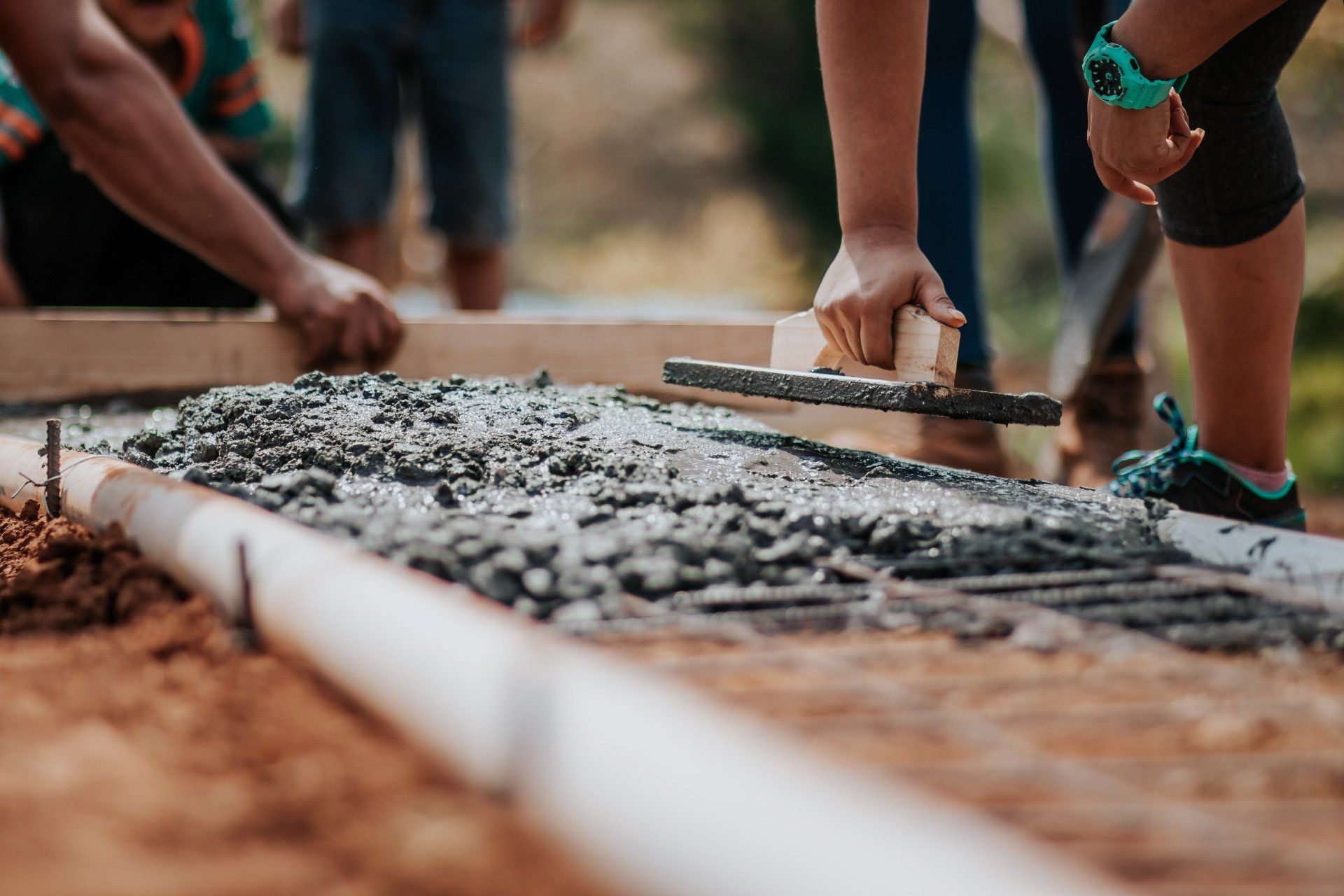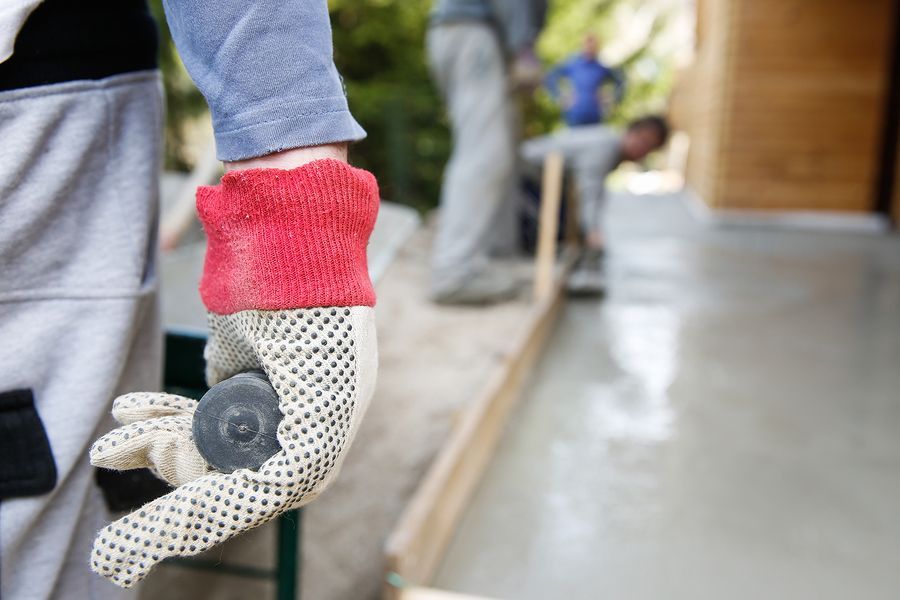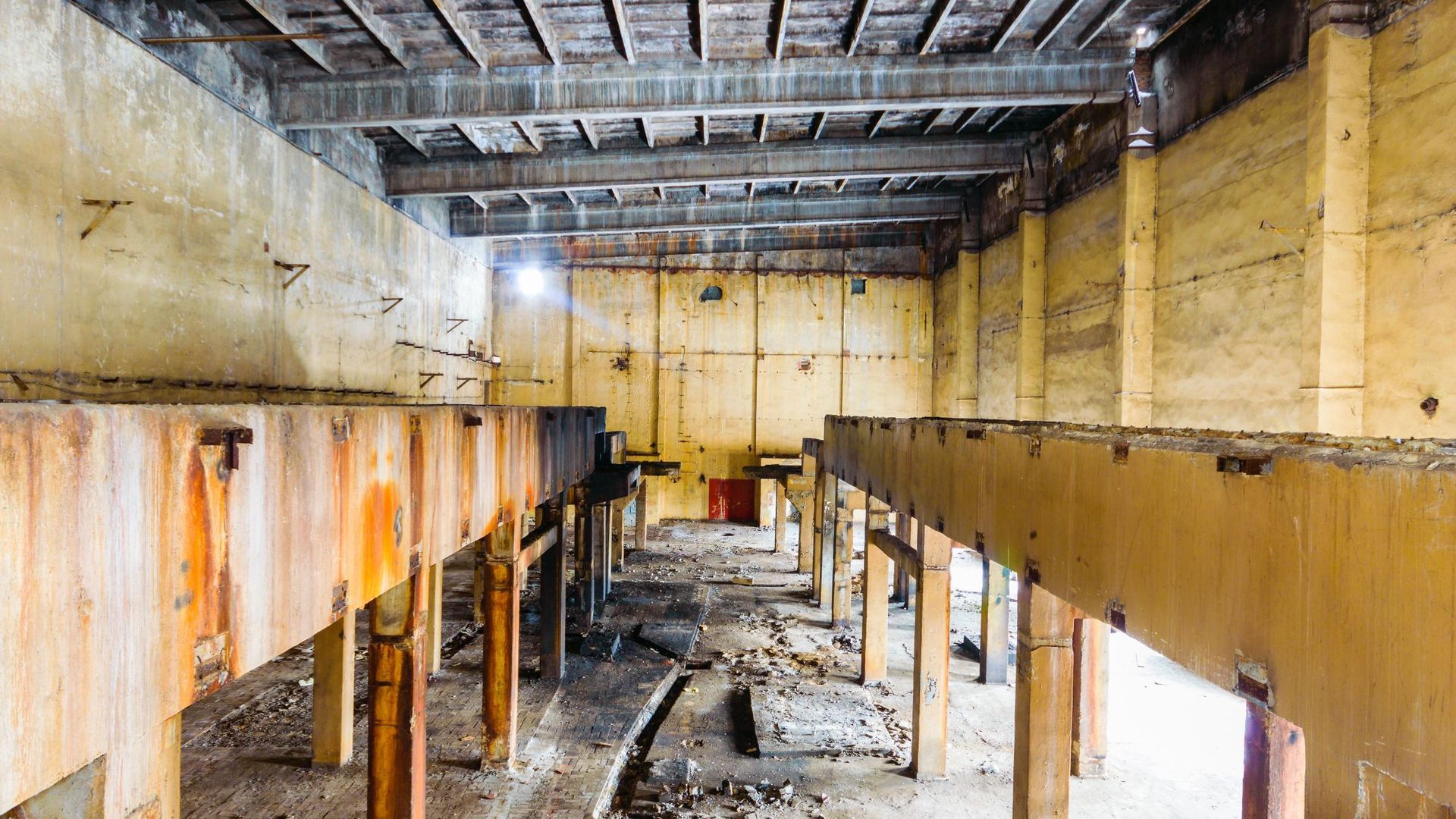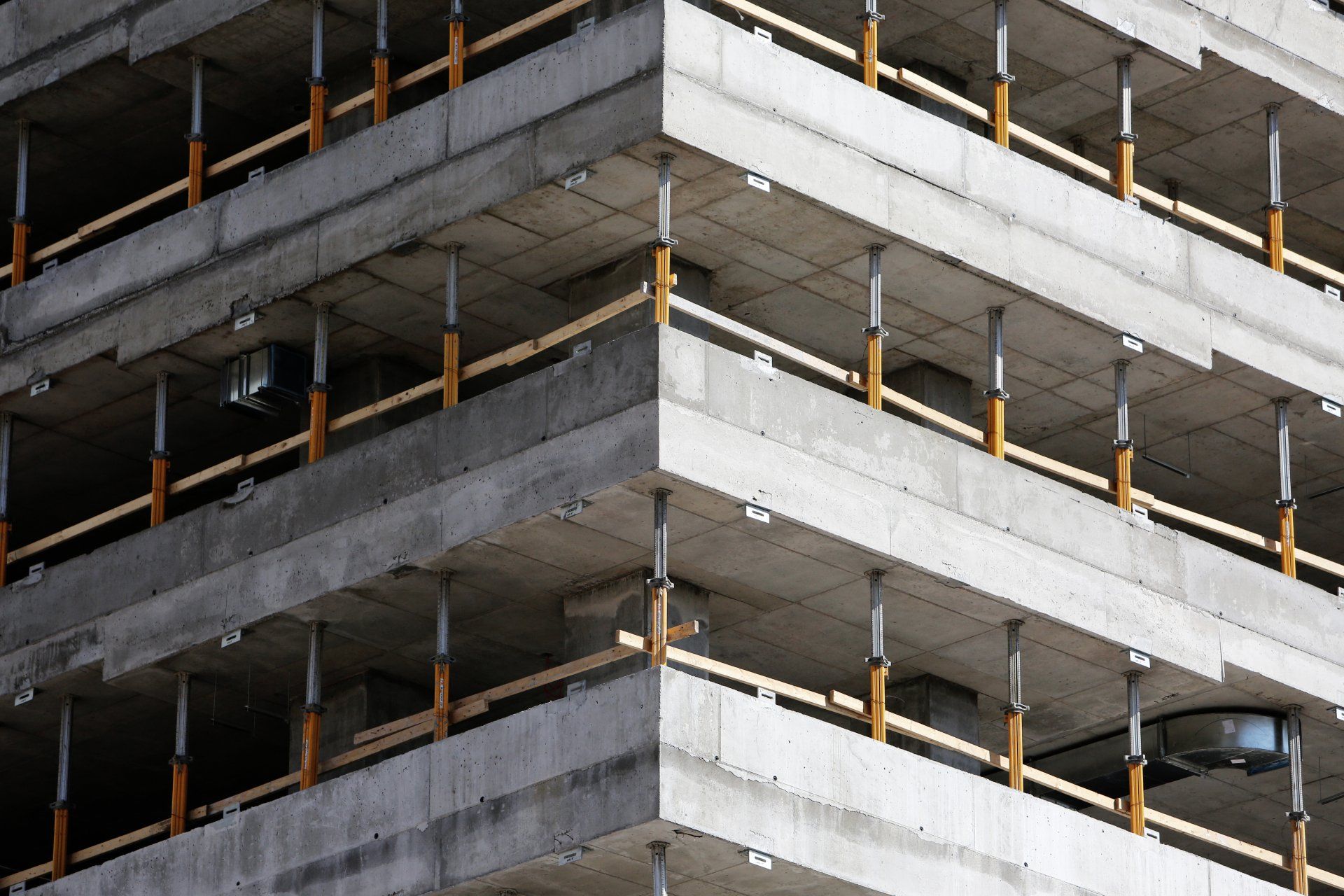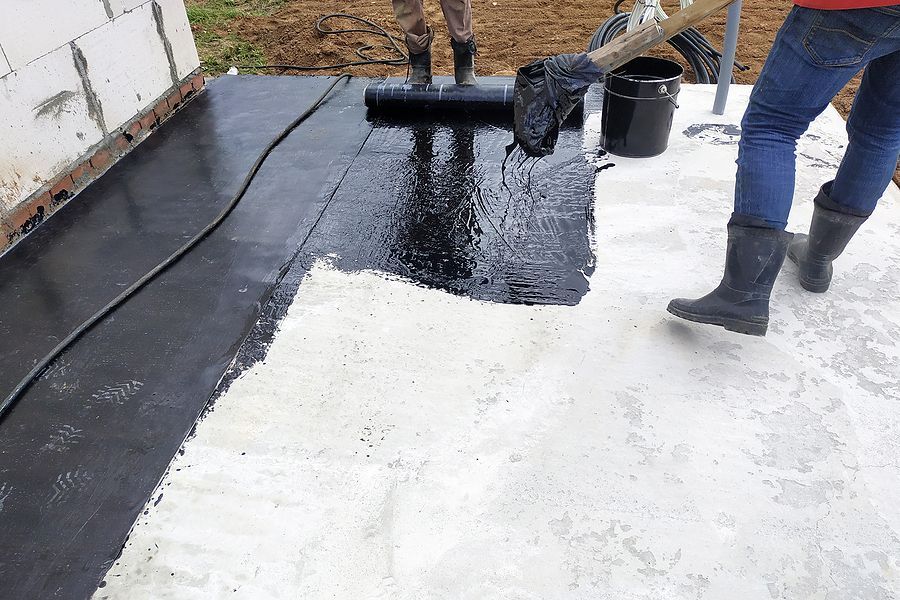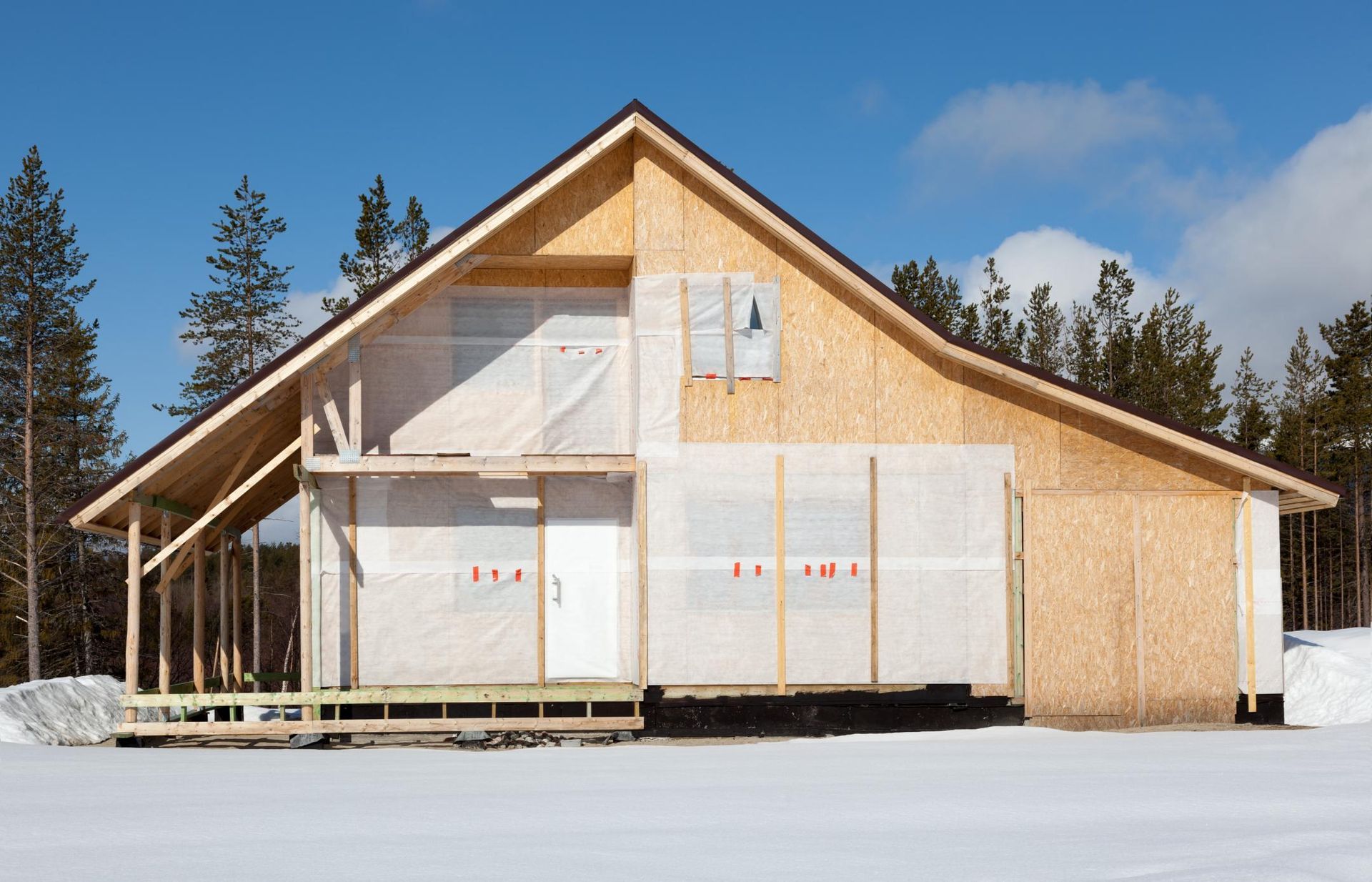The Essential Guide to Basement Waterproofing: Protecting Your Home from Water Damage
Dive into Waterproofing: Techniques and Types You Need to Know
Water damage can be one of the most costly and frustrating issues homeowners face. Whether it's a leaky basement, a damp crawl space, or a cracked foundation, water infiltration can wreak havoc on your home's structural integrity and your peace of mind. That's where
basement waterproofing comes into play. In this comprehensive guide, we will explore everything you need to know about basement waterproofing to protect your home from water damage.
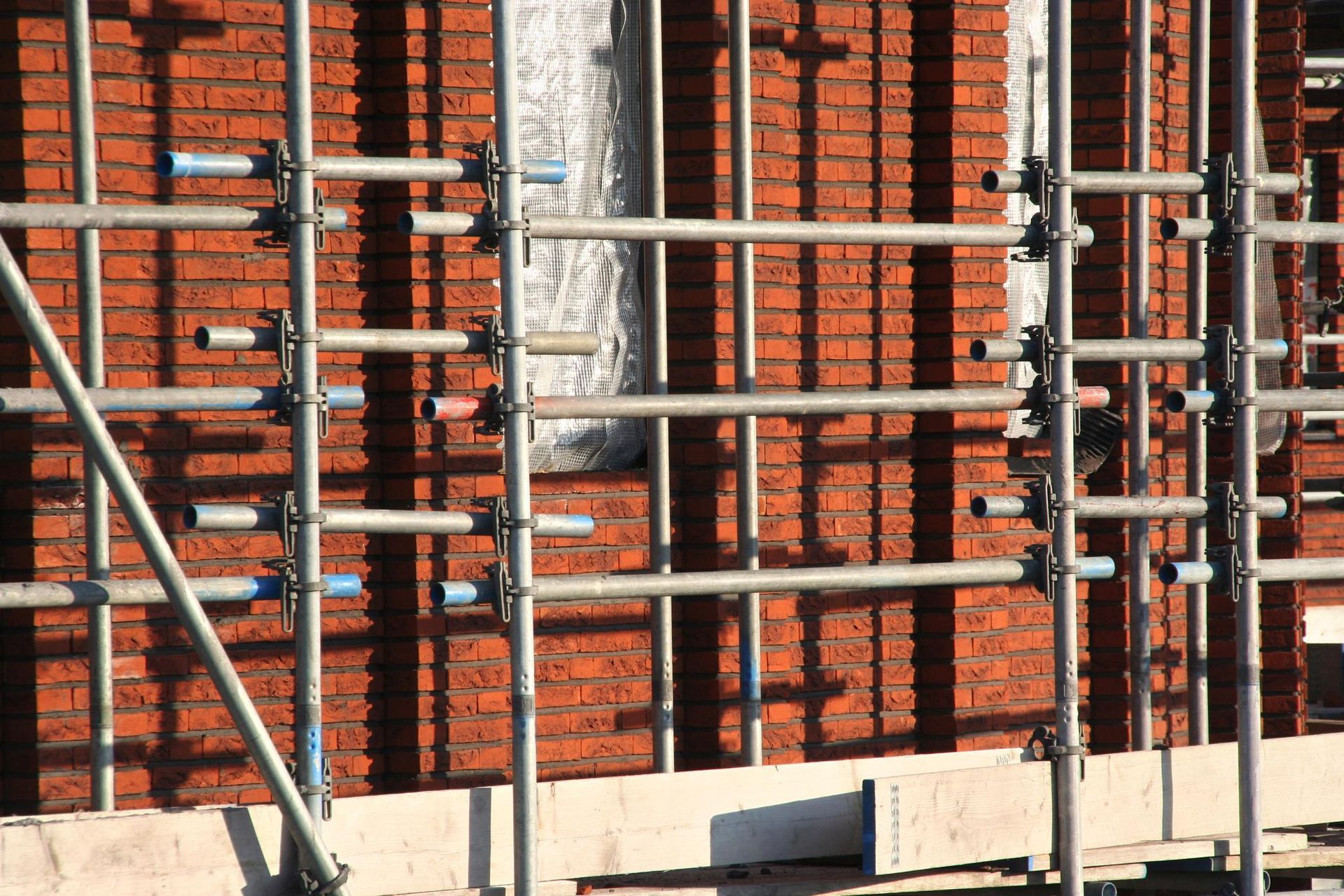
Understanding the Importance of Waterproofing
What is Basement Waterproofing?
Basement waterproofing is a set of techniques and services designed to prevent water from entering your basement or crawlspace. This is crucial because excess moisture can lead to a host of problems, including mold growth, wood rot, and structural damage.
The Consequences of Neglecting Waterproofing
Ignoring basement waterproofing can result in costly repairs down the line. Water damage not only affects the structural integrity of your home but can also compromise your indoor air quality, leading to health issues. Moreover, it can decrease the value of your property.
Types of Waterproofing
1. Interior Waterproofing
Interior waterproofing involves managing water that has already entered your basement or crawlspace. Common techniques include:
Sump Pump Installation: A sump pump is a device that removes water from the lowest point of your basement or crawlspace, preventing flooding.
Interior Drainage Systems: These systems help collect and redirect water away from your home's foundation.
2. Exterior Waterproofing
Exterior waterproofing is a proactive approach to keep water from entering your basement in the first place. This often includes:
Foundation Waterproofing: Coating the exterior of your foundation with a waterproof barrier.
French Drains: These are trenches filled with gravel or rock that redirect water away from your home.
3. Crawlspace Waterproofing
Crawlspace waterproofing is similar to basement waterproofing but focuses on protecting the often-neglected crawl spaces beneath your home. It involves sealing cracks, installing vapor barriers, and maintaining proper ventilation.
Waterproofing Techniques
1. Concrete Waterproofing
Concrete is a porous material that can absorb water. Waterproofing concrete involves applying special coatings or sealants that create a barrier to prevent water penetration.
2. Crack Repair
Cracks in your basement or foundation can provide an entry point for water. Professional waterproofing contractors can identify and repair these cracks to prevent leaks.
The Cost of Waterproofing
The cost of waterproofing your home can vary widely depending on several factors:
The Size of Your Basement or Crawlspace: Larger spaces require more materials and labor.
The Severity of the Problem: If you have significant water damage, repairs may be more extensive and expensive.
The Type of Waterproofing: Interior waterproofing is often less costly than exterior waterproofing.
It's important to note that while basement waterproofing does involve an upfront cost, it can save you money in the long run by preventing more expensive water damage repairs.
Finding Waterproofing Services Near You
When it comes to basement and crawlspace waterproofing, it's essential to hire a professional waterproofing company. Here are some steps to find the right one:
1. Research Local Companies
Search online for "waterproofing companies near me" or "crawlspace waterproofing near me" to compile a list of potential contractors.
2. Check Reviews and References
Read online reviews and ask for references from friends or neighbors who have had waterproofing work done.
3. Get Multiple Quotes
Contact several waterproofing contractors to get quotes and compare their services and prices.
4. Verify Licensing and Insurance
Ensure that the contractors you consider are licensed, insured, and have the necessary permits to do the work.
5. Ask About Warranties
Inquire about warranties for their work, as this can provide peace of mind regarding the quality of the waterproofing.
Hiring a Residential Waterproofing Contractor
Once you've chosen a contractor, it's time to discuss the project in detail. Here's what you should cover:
1. Inspection and Assessment
The contractor should conduct a thorough inspection of your basement or crawlspace to determine the extent of the problem and the best waterproofing solution.
2. Project Timeline
Discuss the expected timeline for the waterproofing project, including start and completion dates.
3. Materials and Techniques
Ask about the specific materials and techniques the contractor plans to use for the waterproofing job.
4. Permits and Regulations
Ensure that the contractor is aware of and complies with local building codes and regulations.
Maintenance and Repairs
Once your basement or crawlspace has been waterproofed, it's essential to perform regular maintenance to ensure the system continues to work effectively. This includes checking sump pumps, inspecting drainage systems, and looking for any signs of water infiltration.
If you ever notice water issues after waterproofing, don't hesitate to contact your waterproofing contractor for repairs. Addressing problems promptly can prevent more extensive damage.
Conclusion
Basement and crawlspace waterproofing is an investment in the long-term health and value of your home. By understanding the different types of waterproofing, hiring a reputable contractor, and staying proactive with maintenance, you can protect your home from the damaging effects of water infiltration. So, don't wait until water damage becomes a problem; take the necessary steps to safeguard your home today.


